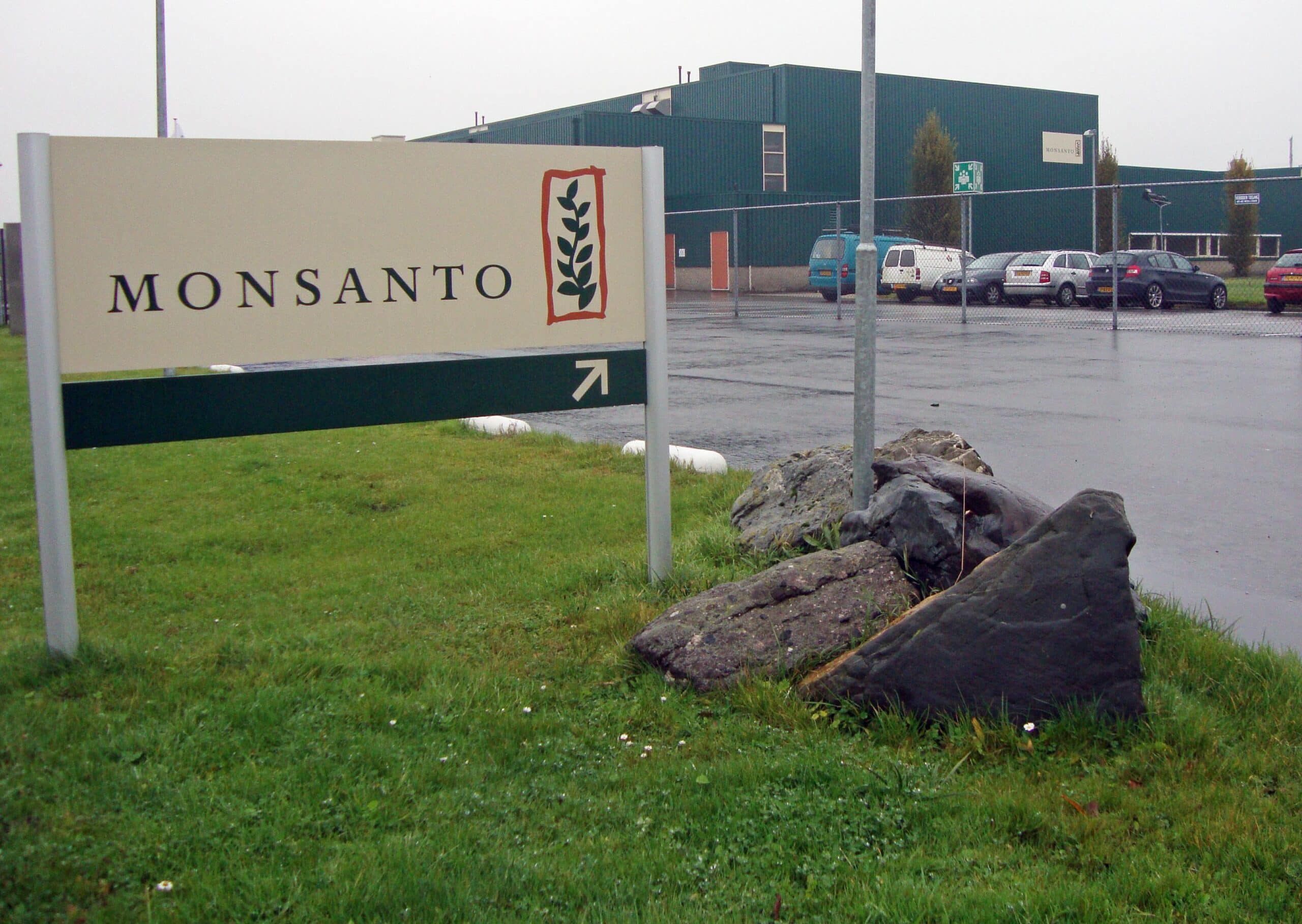Key Takeaways:
- The Washington Supreme Court reversed the Court of Appeals decision in Erickson vs. Monsanto.
- The ruling impacts several ongoing cases involving alleged PCB exposure at the Sky Valley Education Center.
- Monsanto disagrees with the Court’s analysis on punitive damages and the statute of repose.
- Three justices dissented, supporting Monsanto’s interpretation of state law.
- The company is reviewing the decision and evaluating its legal options.
Washington Supreme Court Ruling
The Washington Supreme Court issued its decision in Erickson vs. Monsanto, a case concerning alleged exposure to polychlorinated biphenyls (PCBs) at the Sky Valley Education Center (SVEC). The ruling reverses an earlier decision by the Court of Appeals and denies Monsanto’s cross-petition regarding the availability of punitive damages under Washington law.
Monsanto expressed disagreement with the Court’s findings, stating that the choice-of-law analysis used to determine both punitive damages and the statute of repose was unconstitutional because it discriminates against out-of-state companies conducting business in Washington.
Three dissenting justices sided with Monsanto on the statute of repose issue, writing that courts “are not supposed to start their analysis with policy preferences when there’s a state statute right on point.” Monsanto indicated that it is reviewing the ruling and considering its legal options.
Case Background
The Erickson case was the first of several lawsuits related to alleged PCB exposure at SVEC to proceed to trial in 2021. The Court of Appeals had previously vacated the trial judgment and reversed the lower court on multiple legal questions. Plaintiffs appealed to the Washington Supreme Court, while Monsanto cross-petitioned to argue that punitive damages are not permitted under the state’s Product Liability Law, which governs this and other similar cases.
Ongoing Litigation
Monsanto currently has eight additional SVEC cases under appeal or post-trial motions, each raising distinct legal and factual issues. Among these are questions concerning:
- The application of Missouri’s offset statute for punitive damages, which prevents multiple punishments for the same conduct.
- Due-process limits on punitive damages.
- Exclusion of evidence related to alternative causes and pre-existing conditions.
- Denial of jury instructions on superseding cause.
Each case continues independently through the appellate process, and Monsanto maintains that outcomes will depend on their individual legal and evidentiary records.
Settlement Developments and Broader Legal Context
In August, Monsanto announced agreements in principle to resolve all SVEC-related cases except Erickson and eight others with prior adverse verdicts. The settlement terms remain confidential. The company stated that while it stands prepared to defend its position in court, it will consider resolution when doing so aligns with its strategic interests.
Separately, Monsanto has filed a case in Missouri seeking to enforce indemnity agreements with former PCB purchasers who used the compounds in electrical equipment manufacturing. This litigation aims to recover legal costs, settlements, and judgments associated with PCB-related claims.
Company Position
Monsanto reiterated its confidence in its legal position and strategy, emphasizing that it continues to defend itself vigorously in PCB-related litigation while pursuing appeals and settlement discussions as appropriate. The company maintains that it will assess all available legal avenues following the Washington Supreme Court’s latest ruling.


